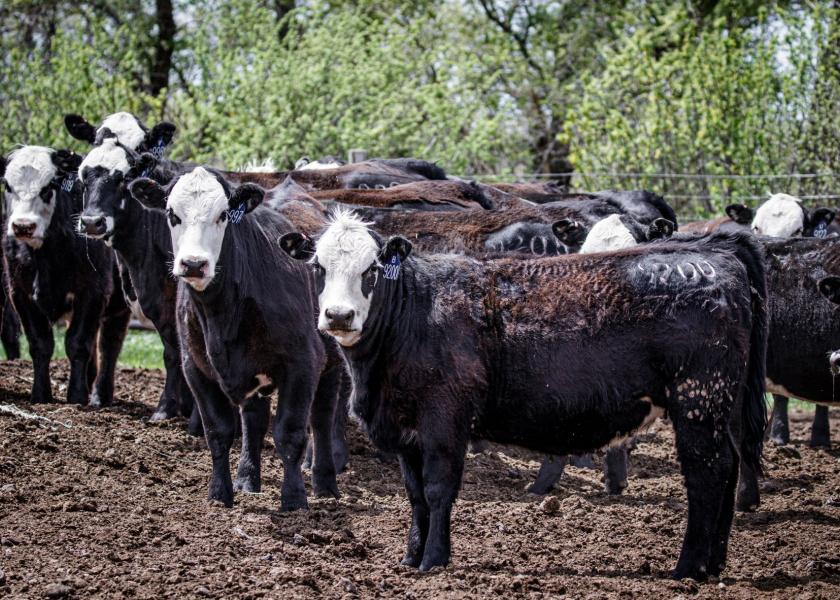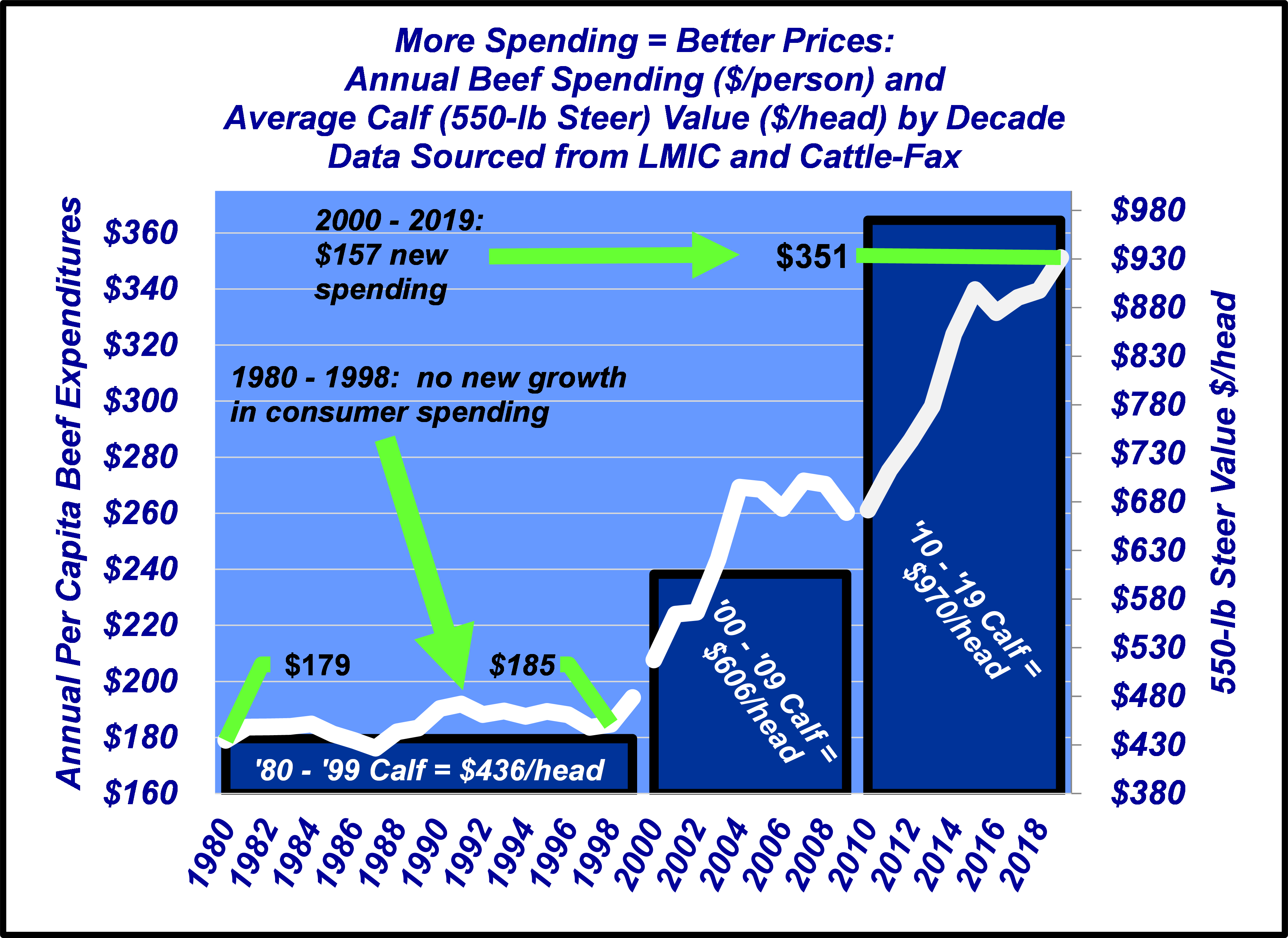Speer: Is Fair What We Really Want?

Last month’s column highlighted the cost of market mandates to producers. But when the market gets stuck, it’s easy to get sidetracked by emotion and lose focus on broader economic principles. Nevertheless, mandates always lead to unintended consequences – particularly if government begins to meddle with the consumer.
That’s where we now find Secretary Vilsack; he’s surrendered to the emotion swirling in the market. In early-September, he outlined new USDA priorities that include making “…sure that when consumers go to the grocery store and they’re at the checkout counter, they get fairer prices.” Thus, there’s now prospect of new regulatory measures geared towards the retail side of the business.
History provides many relevant lessons of just how detrimental that could be. But one example is especially fitting here. In 1887, Congress created the Interstate Commerce Commission (ICC) to regulate rail carriers. The agency deemed freight and passenger rates “shall be reasonable and just.”
Implementation of price controls proved counter-effective - encouraging (versus deterring) collusion among competitors. Moreover, regulatory oversight became so burdensome railroads were actually prevented from abandoning unprofitable lines and established ridiculous incentives that hurt consumers. For instance, some narrow- gauge railroads began purchasing standard rail (8’ long) instead of narrow-gauge ties (6’-to-7’ in length). The longer rail ties were more costly and artificially inflated annual operating costs. The practice was intended to obtain governmental approval to raise consumer prices (in perpetuity - without any improvement in service).
Conversely, there’s a different type of history lesson that can be applied here. It’s a story of remarkable turnaround and one in which both consumers and producers benefit - all without government regulation. Best of all, it comes from the beef industry.
Between 1980-and-1998 (when beef demand bottomed out) beef fell woefully behind its competitors. For nearly twenty years, new spending on beef was flat (which subsequently prevented cattle prices from improving). Meanwhile, pork and poultry successfully grew new spending by nearly $110/person.
But all that began to turn around when the industry got serious about the consumer. Substantial gains have resulted from enduring commitment to better quality, improved consistency and enhanced promotion. Consumers have access to greater differentiation and higher-quality beef products now, more than ever. As a result, beef spending has outpaced the competition since 2000. The beef industry has recaptured market share and cattle prices have risen as a result. (See chart.)

But now the Administration is giving traction to all the noise and overlooking the beef industry’s long-run success story. For whatever reason, Mr. Vilsack wants to promote disruption of free markets and voluntary exchange with more governmental oversight – all in the name of “fairness”. No one flourishes with that sort of approach.
Making government the referee never goes well – nor ever really facilitates fairness. Mandates cost producers and penalize consumers. Effort towards how the pie gets sliced is wasted motion. Instead, continued success and prosperity for producers – and ever-increasing options for consumers – results only from making the pie bigger.
Nevil Speer is based in Bowling Green, KY and serves as Director of Industry Relations for Where Food Comes From (WFCF). The views and opinions expressed herein do not necessarily reflect those of WFCF or its shareholders. He can be reached at nspeer@wherefoodcomesfrom.com.







